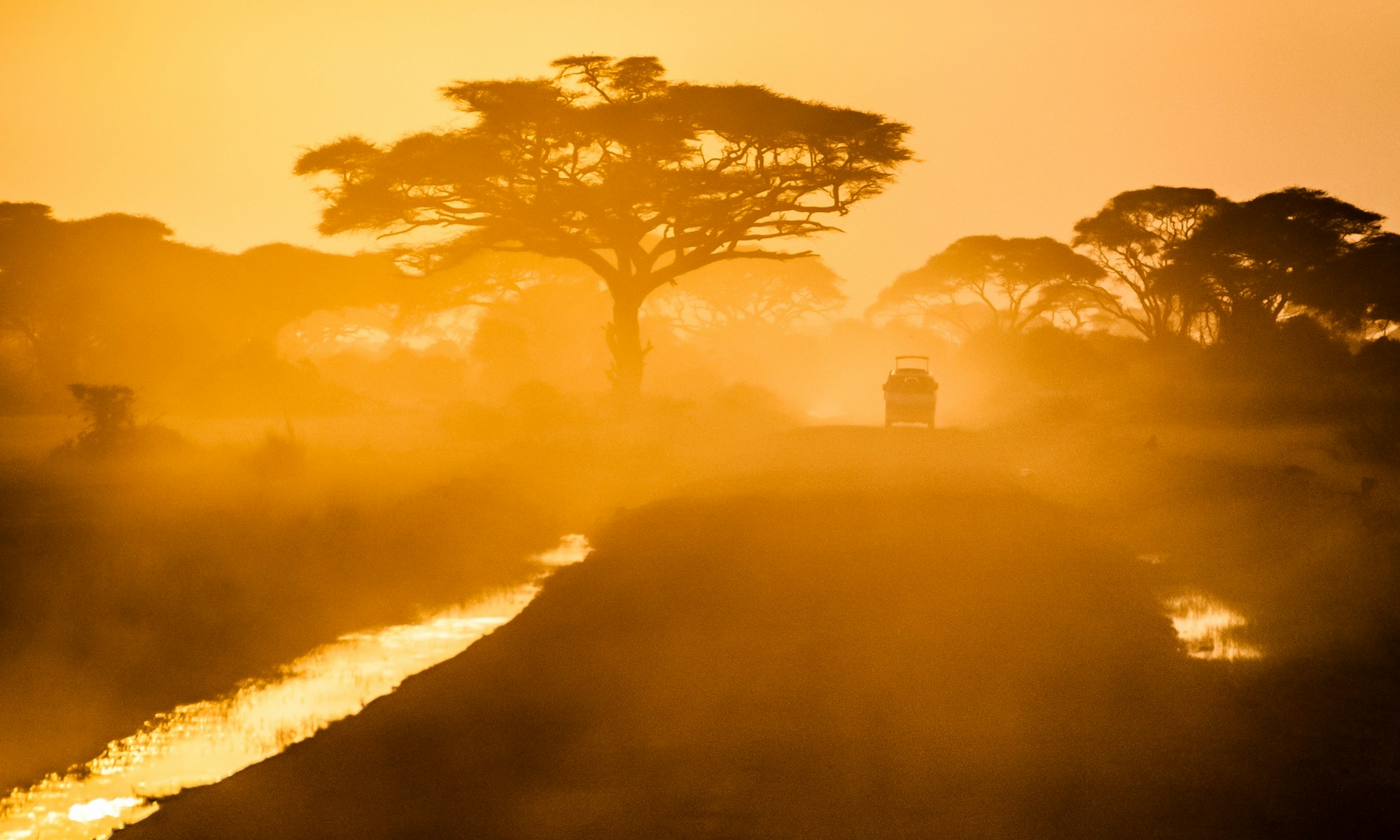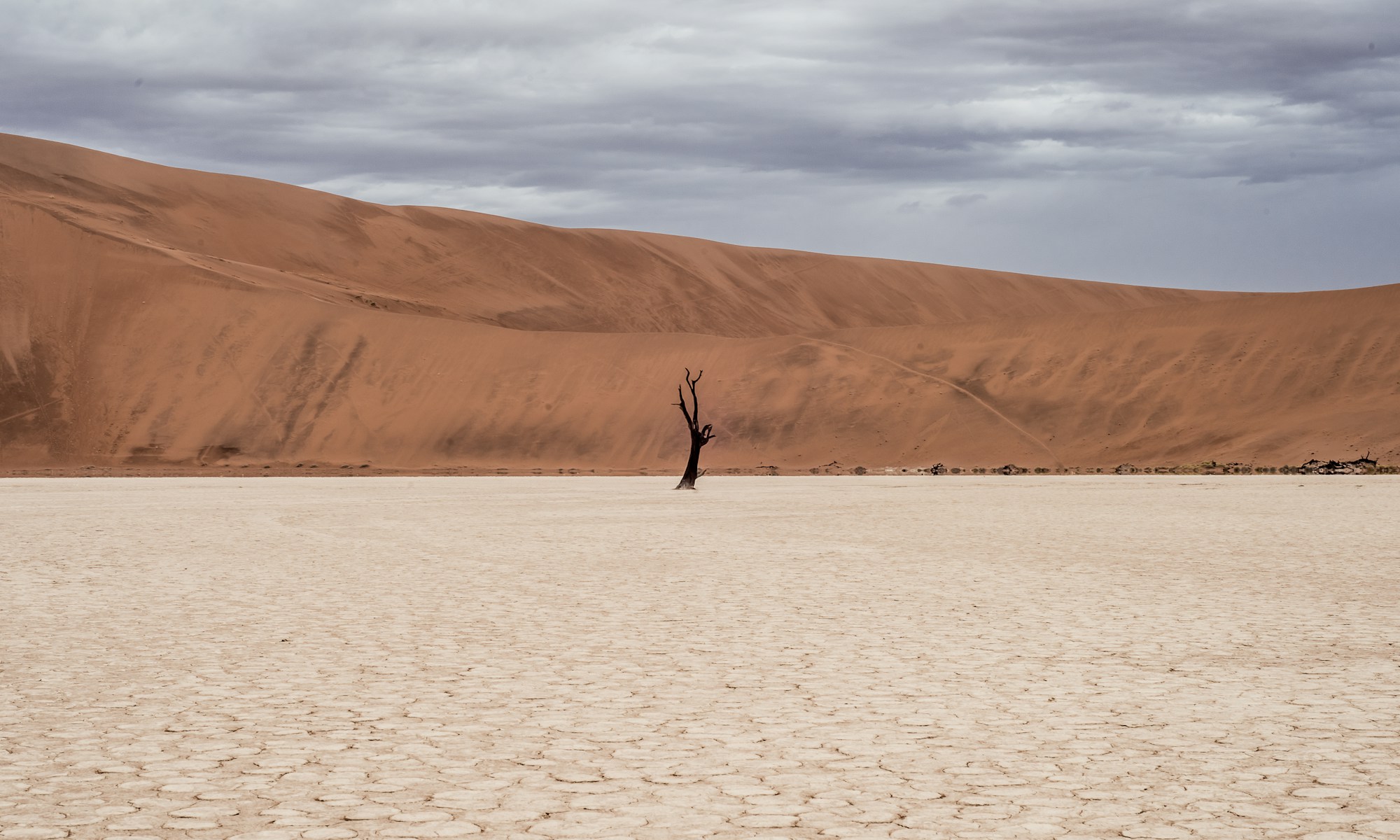23 February 2020 – by Dr. Md Rafiqul Islam
The displaced Rohingya Muslim people – currently living in more than 33 camps in the Cox’s Bazar districts of Bangladesh – comprise one of the most unfortunate, destitute and oppressed communities in the world, due to their statelessness. A new generation of Rohingya children are growing up in camps without any foreseeable future.
The recent exodus of more than 1 million Rohingya people to a small area of Cox’s Bazar land has generated densely cramped conditions that have serious environmental destruction implications. This is now of serious concern to the government of Bangladesh (GOB) and the local population. The influx of a large number of refugees has had significant effects on Bangladesh’s economy, society, and environment. As such, the GOB has planned to relocate more than 100,000 displaced people under the ‘Ashrayan-3’ project to the island of Bhasan Char in the Noakhali district, with a view to reducing the population pressure in the current locations, and also improving their living conditions with modern facilities.


Bashan Char – Source: Taken by the research team
However, the relocation plan of the GOB has already sparked debate and criticism amongst academics, policy makers and media personalities both locally and internationally. It has been suggested that relocation to Bhasan Char should be carried out with informed consent, and the provision of appropriate information about the Island beforehand.
The main criticisms of the relocation project center around the island’s proneness to natural disaster, its isolation from the landmass of Bangladesh, and a potential lack of basic services (for example, to education or healthcare). Though these concerns are partially justified, appropriate measures from the GOB and international organisations will reduce their likelihood. Further, Bangladeshi nationals are themselves living on isolated islands, such as Hatia and Sandwip. In this way, the concerns outlined are not enough to halt the relocation project.
The Field Study
A research team from the Department of Peace and Conflict Studies at the University of Dhaka conducted research on 18-20 December 2020. Engaging in participant observation, focus group discussions and key informant interviews in Bhasan Char, they then used this firsthand information to assess the livability and viability of the Ashrayan-3 project.
The study found that the established facilities are of a high standard in comparison to any other refugee shelters in Bangladesh. The project coordinator found that, of the total area of usable land (6427 acres), the project area covers 1702 acres. The island of Bhasan Char itself covers an expanse of 13000 acres. There are a total of 120 cluster houses in the project area, and each of these clusters has 12 individual houses comprising 16 rooms, and a four-storied shelter station. The houses are built on concrete blocks that raise them 4 feet above the ground. Each individual house can host up to 16 families, provided that each family unit has 4 members each. The shelter stations can host up to 23 families in normal conditions.
The available facilities in each cluster house also meet an appropriate standard. There are separate bathrooms for males and females, schools with adequate facilities, hospitals and community clinics with accommodation quarters for medical officials and their families on the top floors. The medical centers are well-equipped to meet a diverse set of medical needs. There are altogether 4 food storage warehouses to be used by people living in the cluster villages. There are 2 helipads for helicopters to land in case of emergencies, travel, or visits by officials, as well as 2 playing fields for physical activities. Buildings with proper and appropriate lodging and facilities are in place for accommodating visiting officials.
A Suitable Option for Temporary Resettlement
The observation and field visit also confirmed that there are several opportunities presented by the project that suggest that it may be a suitable option for the temporary settlement of Rohingya displaced peoples.
First, the infrastructure and basic facilities are of high quality in comparison to the current alternatives in Cox’s Bazar. There are very few facilities available like those provided by this project to shelter displaced peoples, both in Bangladesh and abroad. The Island has scope to diversify the income opportunities of the Rohingya. For example, the resettled population can have the option to raise cattle, or build poultry farms with coops for farming chicken, ducks, and pigeons. There are dedicated grazing areas for such cattle. These facilities for farming can help the Rohingya displaced people to diversify their livelihoods through rearing fresh produce. This is an option which is presently unavailable in the camps in Cox’s Bazaar, and other regions.
There is also a large freshwater lake for fish cultivation, with some smaller freshwater lakes near the clusters. The relocated people would therefore have the scope to cultivate fish and further improve their food sources. These opportunities would increase stability and improve the quality of life for the Rohingya displaced people.
Second, the drinking water for the project is supplied from an underground fresh water reserve, and is transferred directly to the houses. There are also ponds situated in the open areas in several of the clusters. These ponds have systems installed to collect additional rainwater and pump it to the homes when necessary. It is worth noting that the precise size of the underground water reserve has not yet been verified by officials.
Third, there is a waste management system is in place to redirect waste through a drainage structure into a landfill for management and processing, with plans for a biogas plant in the future. There are measures for the production of electricity through solar panels and generators in case of the need for emergency electricity. There are communication systems in place in the form of cell towers for the provision of prepaid services from popular mobile networks such as Grammenphone and Robi.
Pre-empting Environmental Disaster
One of the key issues raised by the expert who accompanied the research team is the potential for the environmental inundation of the island as a result of the project.
In line with this, a 9-foot-high embankment has been constructed, and a further project is underway to make it 19-feet-high. This would provide safety and security to the resettled inhabitants of the Island from any form of floods or cyclone damage.
The artificial measures taken to decrease the chances of erosion consist of a 3-staged system. At the first stage there is a line of wave breakers, followed by a line of low-elevation barriers featuring sandbags and low-walls, and finally, a line consisting of the main dams. One of the research team’s experts in Disaster Science and Management at the University of Dhaka explained that Bhasan Char island’s growth rate is currently much higher than the rate of erosion, and thus more and more land is surfacing above ground every year. The 3-staged system will also help to prevent any unexpected changes that might result from these two contrasting rates. Additionally, a mangrove forest line is kept around the embankment to act as a natural barrier against possible natural disasters.
Conclusion
The current conflict within groups of Rohinngya people in Cox’s Bazar is a security concern for Bangladesh as well as the local community. A security expert who accompanied the research team argues that the relocation of Rohnigya peoples to Bhasan Char would likely reduce the incidents of violence and conflict, as the proposed Ashrayan-3 project is isolated from others parts of the country, as well as surveillance from Bangladesh Navy.
Having considered the potential infrastructure and livelihood options, the Ashrayan-3 project in Bhasan Char would be a suitable place for the relocation of the Rohingya people. It has systems in place for all basic necessities for resettled people to live and function.
However, there is still room for improvement. For instance, the size of the underwater reserve must be verified, so that appropriate measures can be taken to guarantee a stable supply of freshwater. Also, the introduction of suitable early warning systems would help prepare the inhabitants of the island in addition to the already robust foundation of the housings and shelters. Lastly, proper maintenance of the embankment would help maintain the longevity of the entire island of Bhasan Char.

Md Rafiqul Islam Ph.D. is a Professor at the Department of Peace and Conflict Studies at the University of Dhaka in Bangladesh and also one of Earth Refuge’s Regional Advisors. Dr. Islam’s primary research interests are peace and conflict studies, displacement and development. He also has a keen interest in global politics and security.
Dr. Islam is currently also working as an Advisor of the Dhaka University Environmental Society (DUES) and volunteers for the greater cause of our earth, and humanity.























